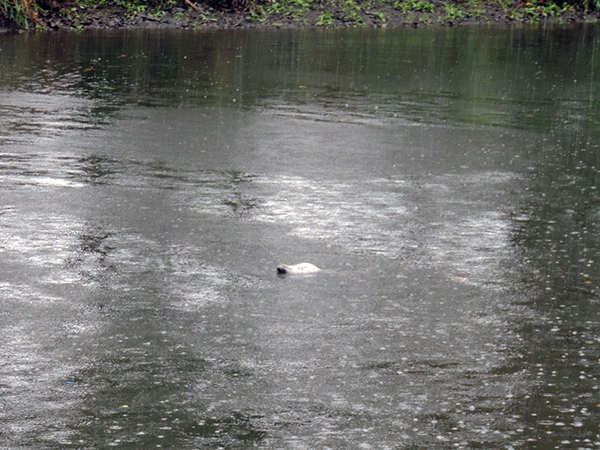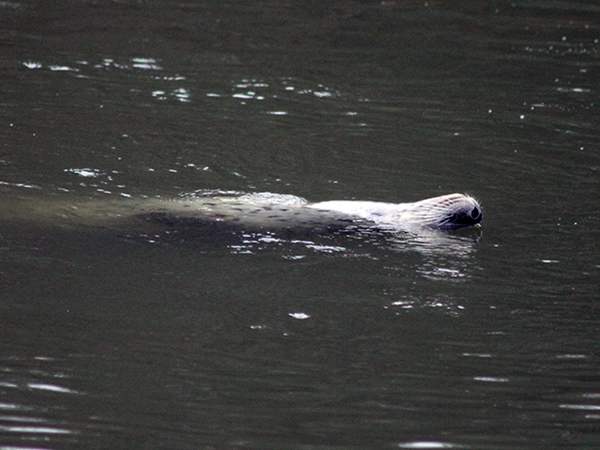December 2015
Unusual surfacing behavior resurfaces in Whatcom Creek
Daniel Woodrich, undergraduate student
14 December 2015
Lately, seal observers at Whatcom creek have been noticing an interesting surfacing behavior taking place from the seals. Instead of the seal sticking its head fully out of the water, the seal will only stick its nose out, keeping its face underwater as well as most of its body. We first observed this behavior during last year's salmon run: unfamiliar to us, we didn't even recognize at first that what we were seeing was even a seal. Identities such as a piece of Styrofoam, a rubber boot, and even a beaked whale were proposed to explain this notorious photo:
Photo by lab
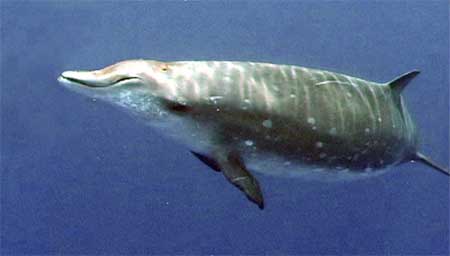
Photo by Atlantic Whale Foundation
Reason, however, won out in the end, and we determined that the mound in the picture must have been the breastbone of a seal, and the protrusion from the water was the nose. Since that time last year, we have seen that behavior make a resurgence just last week.
On December 6th, we saw a similarly colored seal to the one in the first photo above repeatedly exhibiting this behavior:
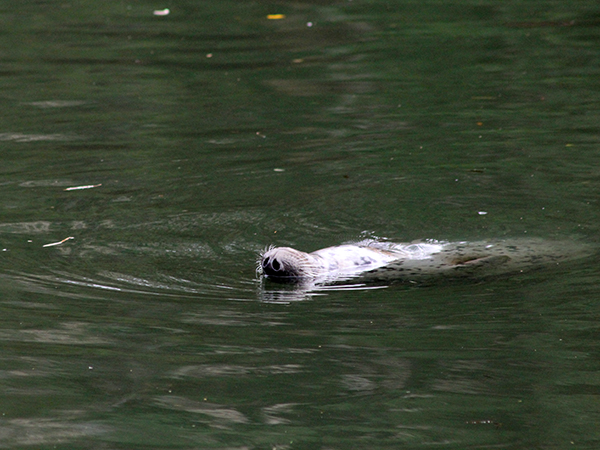
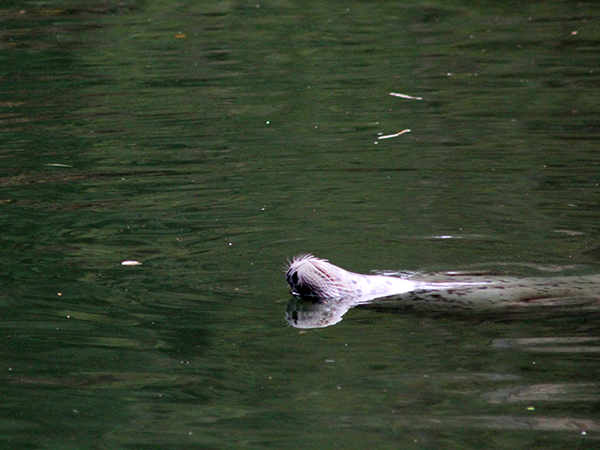
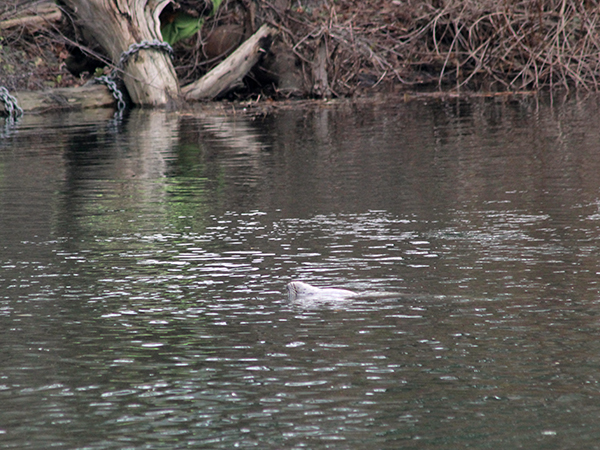
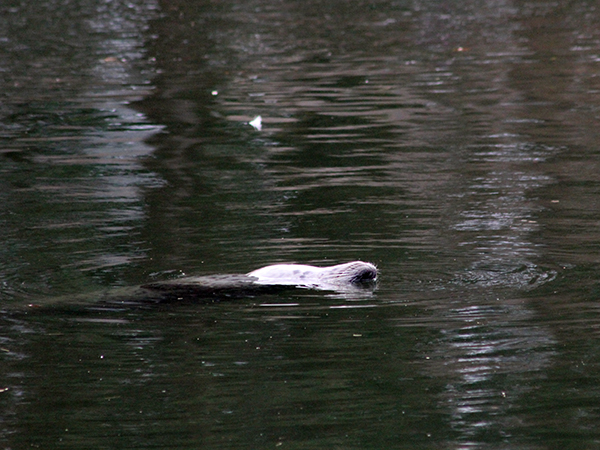
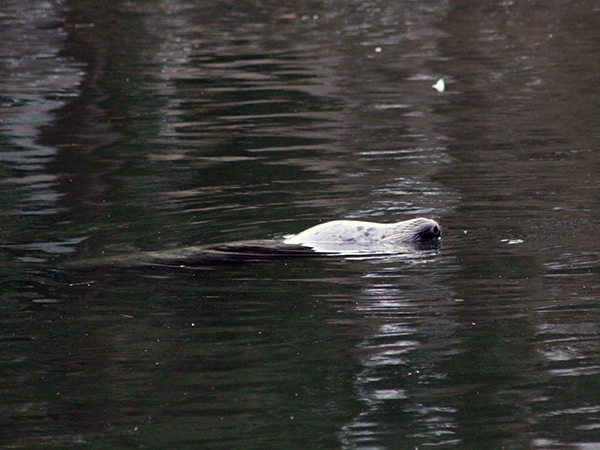
Photos by Raven Benko
On December 8th, we saw a similarly colored seal at it again.
Photo by Raven Benko
This behavior can be explained by the way ib which seals are known to forage for fish. While humans experience a wide field of vision both ventrally (below our eyes) and dorsally (above our eyes), seals are limited in their ventral field of vision by their protruding snout. In order for seals to keep an eye on their prey, harbor seals typically orient themselves such that the dorsal side of their head is facing toward their prey. Depending on where their prey is in the water column, seals tend to go supine (invert themselves) while above their prey in order to better keep track of it. In this case, it appears that at least one of our seals was attempting to visually search for or keep track of prey while simultaneously catching a breather. [You can read more about the field vision of harbor seals and their unusual swimming behavior in the following scientific papers: Hanke et al. (2006) and Kilian et al. (2015).]
Identifying behavioral differences in hunting behavior between individual seals is a goal of this project, and ultimately photo identification will allow us to pair individual seals with interesting and unusual behaviors such as this one. However, we are not yet at the point where we can uniquely identify each seal using photo matching. If this behavior has truly been unique to a single seal in the creek, it would show that hunting behavior in the creek is not just dependent on factors like the season and what prey is available, but variability in strategy between different individual harbor seals. Variability in seal hunting strategy needs to be accounted for in order to produce estimates of harbor seal foraging rates and energetics, which is critical information for the management of commercially and ecologically important fisheries worldwide.
